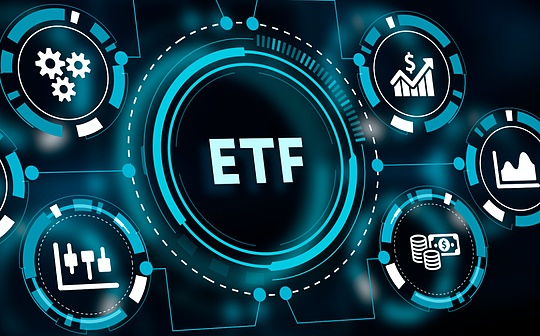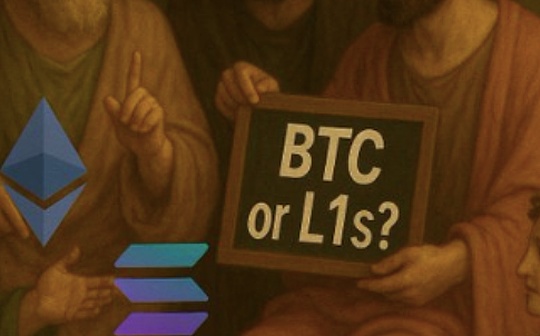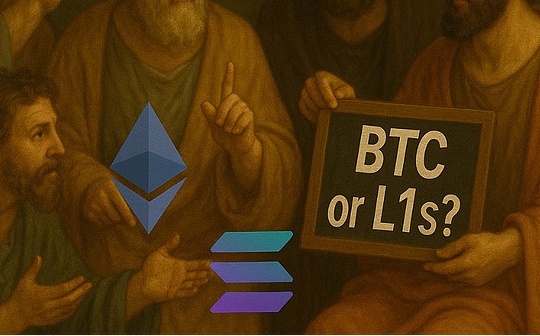
Author: Free labs Source: medium Translation: Shan Oppa, Bitchain Vision
The U.S. may launch Ethereum ETF (exchange-traded fund), which may have a significant impact on the Ethereum Layer 2 solution.Here are the key points to consider:
Increased demand and usage
Market exposure:Ethereum ETFs will make it easier for institutions and retail investors to gain Ethereum exposure without directly purchasing and managing ETH.This could significantly increase the overall demand for Ethereum.ETFs are a popular investment vehicle because they provide asset exposure without direct ownership, allowing a wider range of investors to participate.
Trading volume:As more and more people invest in Ethereum, transaction volume on the Ethereum network may increase.This could lead to higher gas fees and network congestion on Ethereum’s first layer blockchain.Historically, increased interest in Ethereum has led to a surge in gas fees, making transactions expensive and slow during peak hours.

Impact on Tier 2 Solutions
Scalability requirements:With the increase in Ethereum network traffic, the need for scalability solutions has become more urgent.The Layer 2 solution is designed to offload transactions from the main Ethereum blockchain, which will become even more important.These solutions, such as Optimistic Rollups, ZK-Rolups and sidechains, help relieve congestion and reduce transaction costs.
Adopting Layer 2:Investors and users who want to avoid high gas fees may increasingly turn to Tier 2 solutions.This could lead to a surge in adoption of Tier 2 technologies.As these solutions mature, they offer faster and cheaper deals compared to Tier 1, providing an attractive alternative to users.
Infrastructure pressure:Infrastructures that support Tier 2 solutions may face greater pressure.Providers of these solutions need to scale up their operations to cope with the influx of users and transactions.This may involve upgrading technology, increasing server capacity and increasing network resilience to ensure smooth operation.
Potential challenges
Safety and stability:As usage increases, any vulnerabilities or weaknesses in the Layer 2 solution can be exposed.Ensuring the security and stability of these solutions is crucial.Layer 2 solutions must be rigorously tested and regularly audited to maintain user trust and protect funds.
Interoperability:Seamless interaction between the first and second layer solutions will become even more important.Efficient bridges and smooth user experience are needed to maintain trust and usability.Developers must focus on creating seamless integration points and intuitive user interfaces to ensure a cohesive experience between different layers.
Overall Outlook
Good for Layer 2:In the long run, the introduction of Ethereum ETFs may be very beneficial to the Layer 2 solution.The increase in Ethereum usage can accelerate the development and adoption of these scalability solutions.As more transactions move to Layer 2, the overall efficiency of the Ethereum network will increase.
Innovation and Investing:The inflow of funds from ETFs can also stimulate further innovation and investment in the Ethereum ecosystem, including Layer 2 technology.Investment in research and development and the development of the developer community are crucial to the continued advancement of these solutions.
In short, while there may be some short-term challenges, the launch of Ethereum ETFs in the United States may be a positive development of Ethereum Layer 2 solutions, driving its adoption and highlighting its importance in the broader Ethereum ecosystem.







